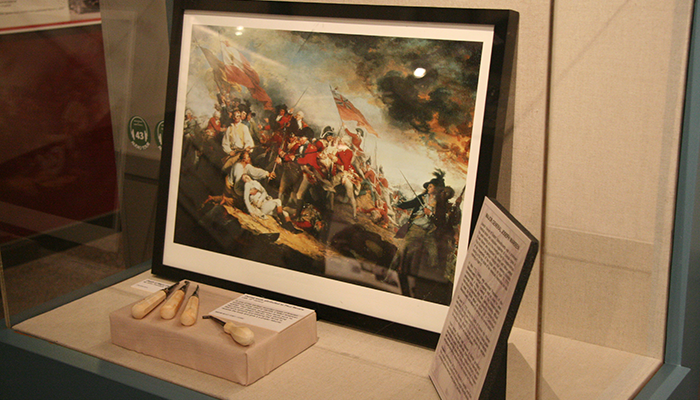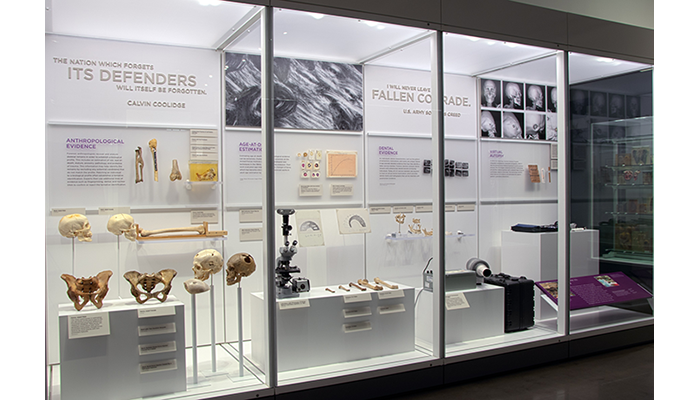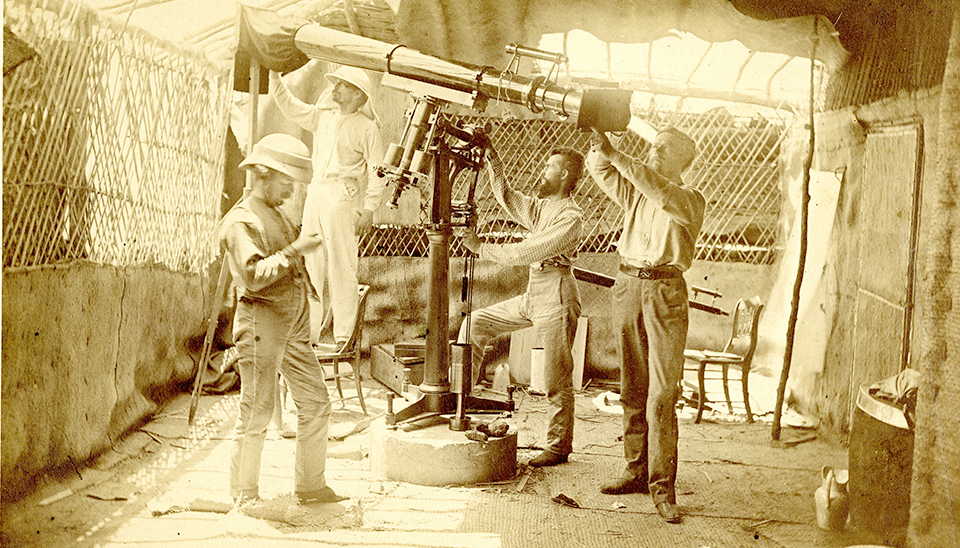On June 17, 1775, more than a year before the Continental Congress signed the Declaration of Independence, a significant battle took place in the hills of Massachusetts. The Battle of Bunker Hill, though lost to the British, inspired colonial soldiers. The casualty count was the highest suffered by the British during the entire war. While the Battle of Bunker Hill–a misnomer since much of the battle took place on adjacent Breed's Hill–boosted morale for the colonial army leading to eventual independence from British rule, it is also the site of the first forensic dental identification of an unknown military service member performed in America.
Maj. Gen. Joseph Warren, a prominent doctor and supporter of colonial rights from Boston, Massachusetts, was killed during the battle. Warren, appointed surgeon general of the army and later president of the Massachusetts Provincial Congress and chairman of the Massachusetts Committee of Safety, is most famously noted for his enlistment of Paul Revere and William Dawes on their famous "midnight ride" on April 19, 1775.

"Resolved: Advances in Forensic Identification of U.S. War Dead," a past exhibit at the museum, shows Paul Revere's dental instruments and a copy of John Trumbull's "Death of General Warren at the Battle of Bunker Hill." (IMG_4506: National Museum of Health and Medicine photo)
During the early hours of the battle, Warren was struck in his forehead by a projectile, inflicting a fatal wound. In a London Evening Post article from July 13, 1776, it was recorded that Warren, after being shot, fell into the trenches and was stabbed multiple times with his own bayonet by British soldiers. He was buried in a shallow mass grave on the slope of a hill.
After losing the battle, colonists were unable to return in search of Warren until the British left Boston nine months later. Revere was called upon to help identify his friend, a challenging feat due to the mutilated and comingled state of the remains. In doing so, he performed what was probably the first forensic identification of human remains from dental records.

Dental instruments from the late 18th Century believed to have been owned by Paul Revere. M-007.02901 (Department of Defense photo illustration by Matthew Breitbart/ Released)
Revere, an accomplished silversmith and copperplate engraver, had tried his hand at dentistry, opening his own office in Boston in 1768. Printed advertisements in the Massachusetts Gazette and Boston News-Letter informed the public of his business in fashioning artificial teeth with "ones that looks as well as the natural & answers the ends of speaking to all intents."
Shortly before the Battle of Lexington in 1775, Warren secured Revere's services. Revere constructed a wire fixed dental bridge containing an ivory cuspid and bicuspid to replace Warren's upper left canine and first premolar. When called upon to identify Warren, Revere examined his mouth looking for the artificial teeth and dental prosthetic he previously implanted. Revere was able to confirm Warren's identity based on this analysis; a type of identification that would later evolve into the forensic odontology profession.
Military Health System video "Moments in Military Medicine: Paul Revere."
Since then, the process of human identification has developed exponentially. The museum's past temporary exhibit "Resolved: Advances in Forensic Identification of U.S. War Dead" presented the evolution of forensic sciences in the identification and commemoration of U.S. service members. The exhibit highlighted Revere and Warren as an early case study of forensic identification and displayed Revere's dental tools, which are part of the museum's Historical Collections.

Exhibit detailing the history of military developments in identifying human remains in "The Collection That Teaches" gallery at the museum. (120925-A-MP902-020: Department of Defense photo by Matthew Breitbart)
Current museum visitors can learn how the military identifies fallen soldiers using anthropological evidence, DNA evidence, age-at death estimation, dental evidence, and virtual autopsy.
Resources
Luntz, Lester L. & Phyllys. Handbook for Dental Identification: Techniques in Forensic Dentistry. J.B. Lippincott Co., 1973.
Silver, William E. & Ricard Souviron. Dental Autopsy. CRC Press, 2009.
Wyatt, Thomas. Life of General Joseph Warren. G.R. Graham, 1850.
https://collections.nlm.nih.gov/catalog/nlm:nlmuid-101520538-bk
Relevant Links:
Paul Revere and Forensic Dentistry by Mike F. Nola
https://doi.org/10.7205/MILMED-D-16-00044
Role of Dental Expert in Forensic Odontology
https://www.ncbi.nlm.nih.gov/pmc/articles/PMC4178350/




